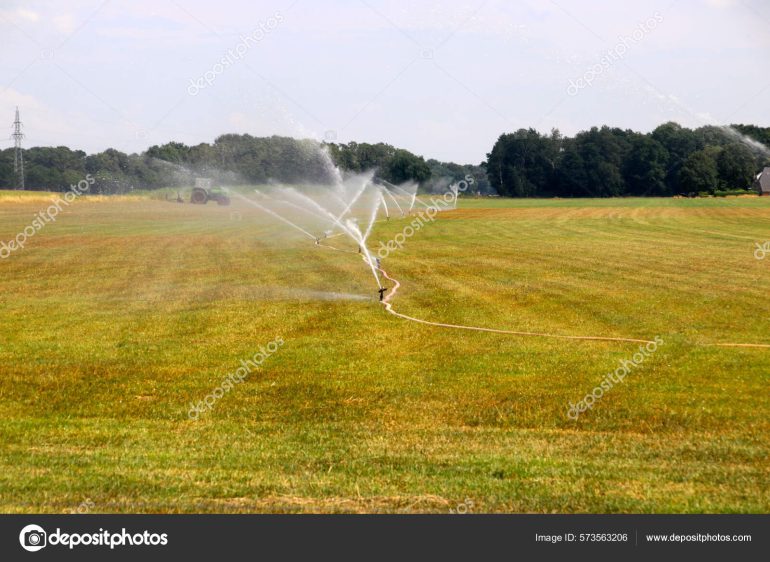Summer 2022 has been a particularly dry season in the Netherlands, taking place amidst intense heatwaves across the greater part of Europe and the ongoing global climate crisis. On 3 August, Minister of Infrastructure and Water Management Mark Harbers declared a factual water shortage in the country, meaning that the demand for water had surpassed the supply. Due to the shortage, vital industries like agriculture and shipping are affected. As the crisis unfolds, the Dutch government is taking measures to assess and better deal with shortage situations, both in the present and looking into the future.
In order to quantify the level of the drought, and to act accordingly, the National Water Distribution Coordination Committee has established since 2015 a classification system depending on water levels, evaporation and consumption. The shortages are classified into three possibilities: 1. Imminent water shortage, the first tier, which this year was in effect since 13 July; 2. Actual water shortage, as is in place at the moment, for the first time since the drought of summer 2018; and 3. National crisis, which is rare in the Netherlands and was only observed this century in 2003, when the energy supply is actually at risk.
Level 2, the current tier of water shortage, can happen more often (there have been five cases in the last 22 years), but at its current state poses no risk to individual consumption and drinking water supply. In fact, the ministry has no legal powers in the Netherlands to limit individual consumption (in contrast to other countries like the UK). By law, water companies have obligations to secure drinking water supply, and the government can only advice citizens to moderate their water use, as minister Harbers has done, by telling them to limit activities like car washing and garden watering.
It is a different story for industries like agriculture and shipping, however, which were already affected by the first tier of water shortage. In order to establish water distribution priorities in case of droughts, the Water Shortage Management Team (MTW), composed by the government, water boards and several local authorities, uses a scale to hierarchize and distribute available water according to social and ecological needs. In this system, the first priority is given to peat dikes (that can break when dry) and natural environments, to protect them from irreversible damage such as salinization from overflowing sea water into the mainland. The second priority is given to drinking water and energy supply. In third place come shipping, agriculture and recreation industries, which were already feeling the consequences of the drought in August.
Weather forecasts point to further warm, dry weather in the coming summer weeks, with water levels continuing to fall, according to KNMI meteorologist Marco Nolet. However, the government systems that have been put into place are said to guarantee that the consequences for citizens and industries are not as drastic as on past occasions, even if the drought becomes more severe. And there is still room for further action and policy implementation, such as a more efficient system for retaining, storing and releasing fresh water ahead of the summer months, which would ensure increased water reserves for drought scenarios.
Planning and anticipating will thus have to become the central rule from now onwards, since severe droughts will be more and more common in the future. According to NOS meteorologist Gerrit Hiemstra, this extreme weather and extreme heat, associated with droughts, fires and salinization, will no longer only be “an image from the south of Europe, but also a reality here” in the Netherlands. Preparation and adaptation, then, will be crucial.
Written by Juan Álvarez Umbarila
